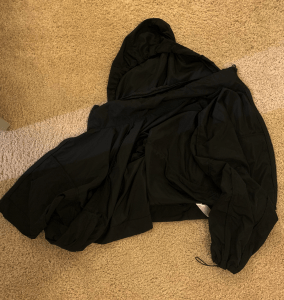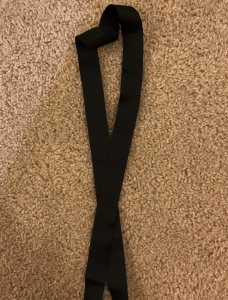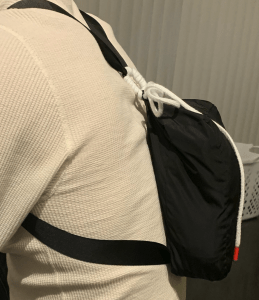Going to a fashion school had made me realize that there is a fear that is always in the back of my head, having to go out in a different outfit almost every day. Moving up to New York has made me think about my outfit more and more, for the questions I always ask are does this outfit portray me in a way that is in trend? And “ would anyone notice that I wore the same jeans three times that week? Fashion trends are changing faster than ever, and I want to point out the causes of fast fashion that have on the environment and ecology. I believe that the rapid pace of fashion trend changes has a significant negative impact on our world socially, and environmentally.
In today’s society, almost everyone is conscious about the garments they are wearing, for as social media started expanding, so did fast fashion. The fashion industry is only second to the oil industry globally, and it is one of the most significant industries in the status quo. Back in the day where “garments” and “fashion” were referred separately, for “garments” were usually representative mass market and production items at low prices, and “fashion” referred to specific high-status target markets at a higher price(Anguelov 2016, 9). Now, we are taking clothes and garments for granted, as the fashion trends change rapidly, clothing started to lose meaning to the majority, as corporations started to find cheaper ways to mass-produce clothing that are at a very low price where there will be mass consumers in the market. Fast fashion became a huge concept as it is cheap, convenient, and you would have so much outfit that you won’t have to worry about repeating outfits.
I agree that something being cheap and convenient is very convincing, but the negative impact on the environment is not something we should ignore. “According to World Bank estimates, globally 20% of all water pollution is created during the runoff process of textile dyeing and rinsing of natural fabrics” (Angelov 2016), because a lot of corporations are mass producing, bleach and other toxic chemicals are released and contaminating into natural bodies of water. The prices of clothes have gotten more expensive over the years, and the corporations in the fashion industry started a way to earn more than they spend on supplies. They cut down prices of their products by mass-producing from cheap supply chains and factories, and the impact on the environment increased negatively as “it takes almost 3,000 liters of water to make one cotton t-shirt” (Vineeta 2019, 43), waste is one of the biggest issues with fast fashion, and only a few in the fashion industry is taking the negative impact on the environment seriously over the past few years, according to Raji “many of our apparels contain plastic material, such as polyester, nylon, acrylic, and polyamide. Every time these clothes are being washed, plastic microfibers end up in the ocean and consequently enter the food chain” (Raji 2019).
For this project, I did not have a lot of things in my apartment, so it was hard for me to repurpose anything, but when I was looking through my closet, there were a few old items that I have no more purpose for. At first, I thought it would be really hard to repurpose an old jacket and two long pieces of strings, but I thought of repurposing it in a way where I could use every day, and since these pieces held no more meaning for me, as a simple idea of making it a small backpack will give a new meaning for the pieces of items.
Citations
Vineeta, Jha. Rapidly Changing Fast Fashion Trends Dents Ecology. Vol. 1. ICFAI BUSINESS SCHOOL, Gurgaon : HEALM, 2019.
Anguelov, Nikolay. The Dirty Side of the Garment Industry: Fast Fashion and Its Negative Impact on Environment and Society. Boca Raton: CRC Press, Taylor & Francis Group, 2016.
Raij, Ebba. “Fast Fashion and How to Reduce Clothing Waste.” CHEC International, January 23, 2020. https://www.checinternational.org/fast-fashion-reduce-clothing-waste/.





